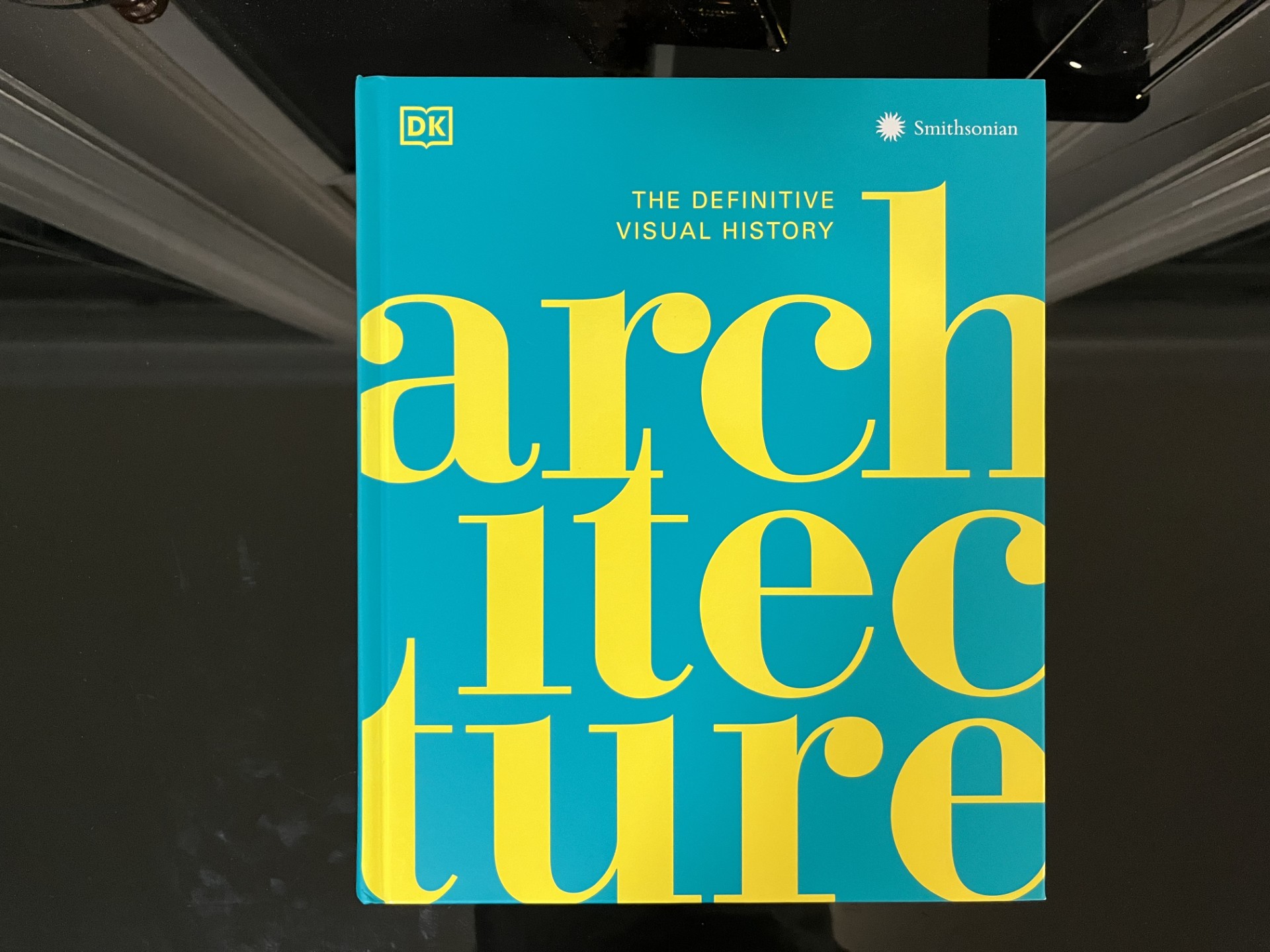“Architecture: The Definitive Visual Guide” offers a captivating look into the world of buildings and design. This coffee table book is not just about aesthetic appeal; it serves as an informative resource detailing over 6,000 years of architectural history. Readers will appreciate the rich visuals paired with insights into different architectural styles and the evolution of materials and technology.
As they flip through its pages, they will discover how social changes influenced architecture around the globe. The book presents significant examples from ancient times to modern skyscrapers, making it a perfect blend of education and inspiration. For anyone passionate about architecture or design, this guide promises to be an enriching addition to their collection.
Exploring Architectural History
Architecture tells the story of human civilization through its buildings and designs. From ancient structures to modern marvels, various milestones and movements have shaped this rich history.
Architectural Milestones
Throughout history, significant achievements have defined architecture. The Pyramids of Giza, built around 2580–2560 BC, were among the most incredible feats. These structures demonstrated advanced engineering techniques and immense labor organization.
The Colosseum in Rome symbolizes Roman innovation. Completed in AD 80, it showcased grand arches and an extensive use of concrete.
In more recent times, the Eiffel Tower revolutionized iron architecture when it was completed in 1889. It stood as a symbol of modernity and creativity.
Finally, the Burj Khalifa, finished in 2010, is the tallest building in the world. At 828 meters, it represents the pinnacle of contemporary engineering and design.
Influential Architectural Movements
Different architectural movements have emerged, shaping styles and ideas. Classical architecture emphasized order and symmetry, rooted in ancient Greece and Rome. Columns and domes became hallmarks of this style.
The Gothic movement flourished during the Middle Ages. Towering cathedrals with pointed arches and flying buttresses defined this era, allowing for larger windows filled with stunning stained glass.
The Renaissance marked a return to classical ideals, merging art with architecture. Notable figures like Michelangelo and Brunelleschi influenced designs with harmony and proportion.
In the 20th century, Modernism arose, rejecting historical styles in favor of simplicity. This movement focused on function and the use of new materials, like steel and glass, paving the way for contemporary urban landscapes.

Elements of Architectural Design
Architectural design involves key components that shape both buildings and spaces. Understanding the relationship between space and structure, as well as the materials used, is essential for creating impressive designs.
Understanding Space and Structure
Space plays a vital role in architecture. It defines how people interact within a building and can create different atmospheres.
Architects must consider factors like scale, proportion, and layout.
- Scale refers to the size of the building in relation to its surroundings.
- Proportion examines the relationship between different elements.
- Layout focuses on how space is organized and flows.
Effective use of space can make areas feel spacious or intimate. Each choice affects how individuals experience the architecture.
The Interplay of Materials and Techniques
The selection of materials is crucial in architectural design. Different materials can significantly influence a building’s aesthetics and functionality.
For instance, wood adds warmth, while steel provides strength.
Techniques for using these materials vary, impacting the structure’s overall performance.
- Sustainable materials are becoming popular due to their environmental benefits.
- Innovative techniques like prefabrication allow for quicker construction.
The combination of materials and methods used determines the building’s durability and aesthetic appeal. This interplay is essential for a successful architectural design.
Iconic Structures and Their Stories
Iconic structures are windows into history and culture, each with its own unique tale. These buildings reflect the ideas, technologies, and values of their time, bridging generations through their stories.
Historic Landmarks
Historic landmarks represent significant moments in time and showcase architectural excellence. The Eiffel Tower, completed in 1889, was initially criticized but became a symbol of modern engineering and Paris itself.
Another example is the Colosseum in Rome, built nearly 2,000 years ago. Once a venue for gladiatorial games, it showcases the power and entertainment of ancient Rome. These landmarks not only highlight the architectural skill of their creators but also the cultural importance they held for society.
Modern Marvels
Modern marvels illustrate advancements in technology and design. The Burj Khalifa in Dubai, standing at 828 meters, is currently the tallest building in the world. Its sleek design demonstrates the capabilities of modern engineering and has become a symbol of Dubai’s rapid growth.
Another standout is the Sydney Opera House, known for its unique sail-like structures. Completed in 1973, it represents innovative design while serving as a cultural hub. These structures show how contemporary architecture pushes boundaries and inspires future designs.
